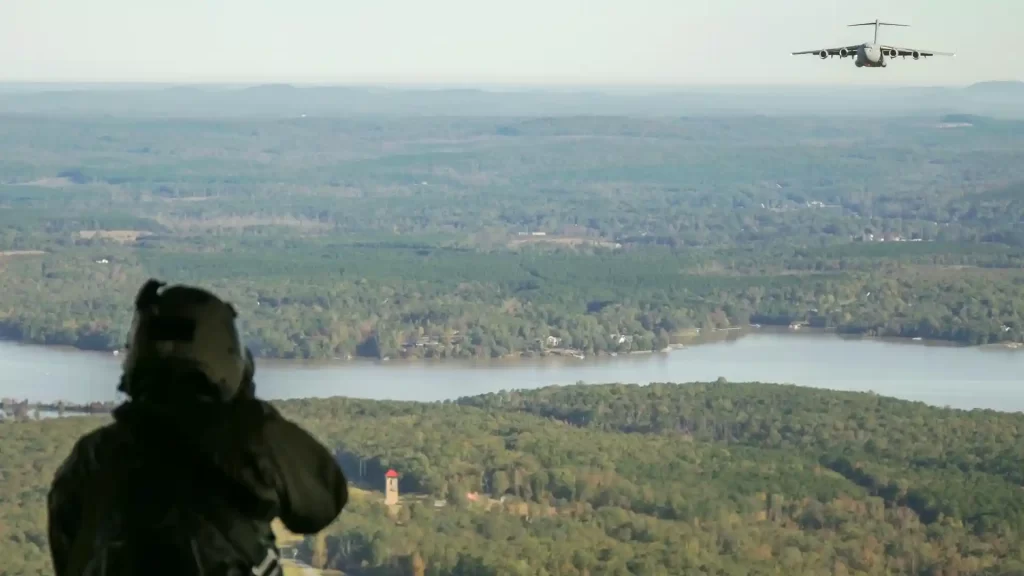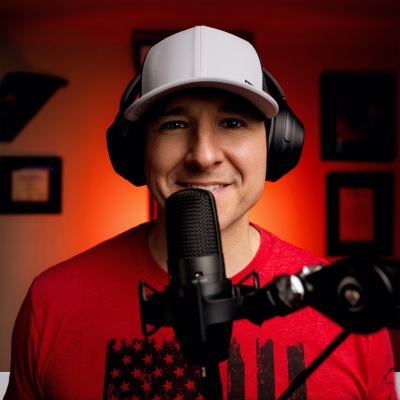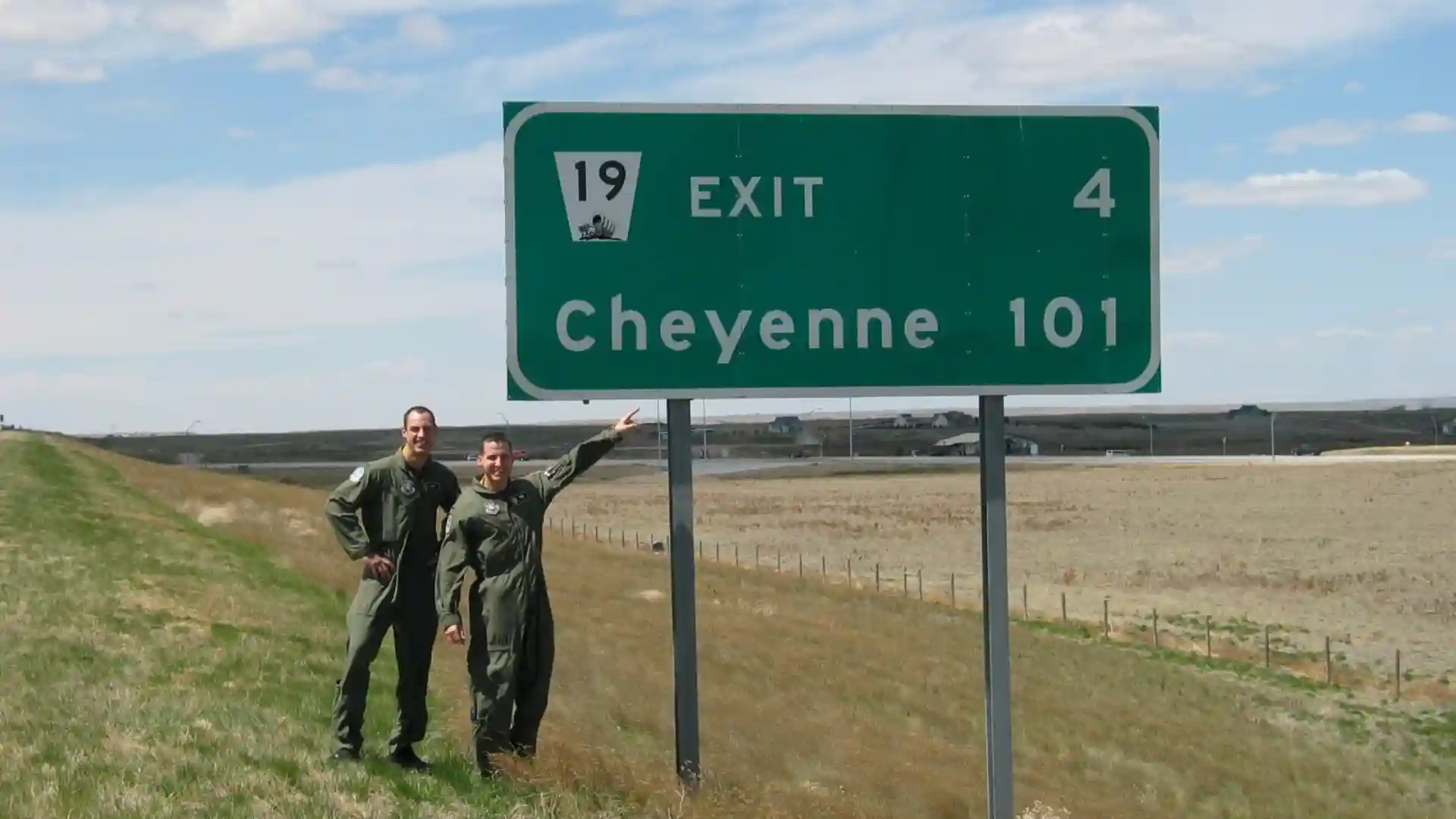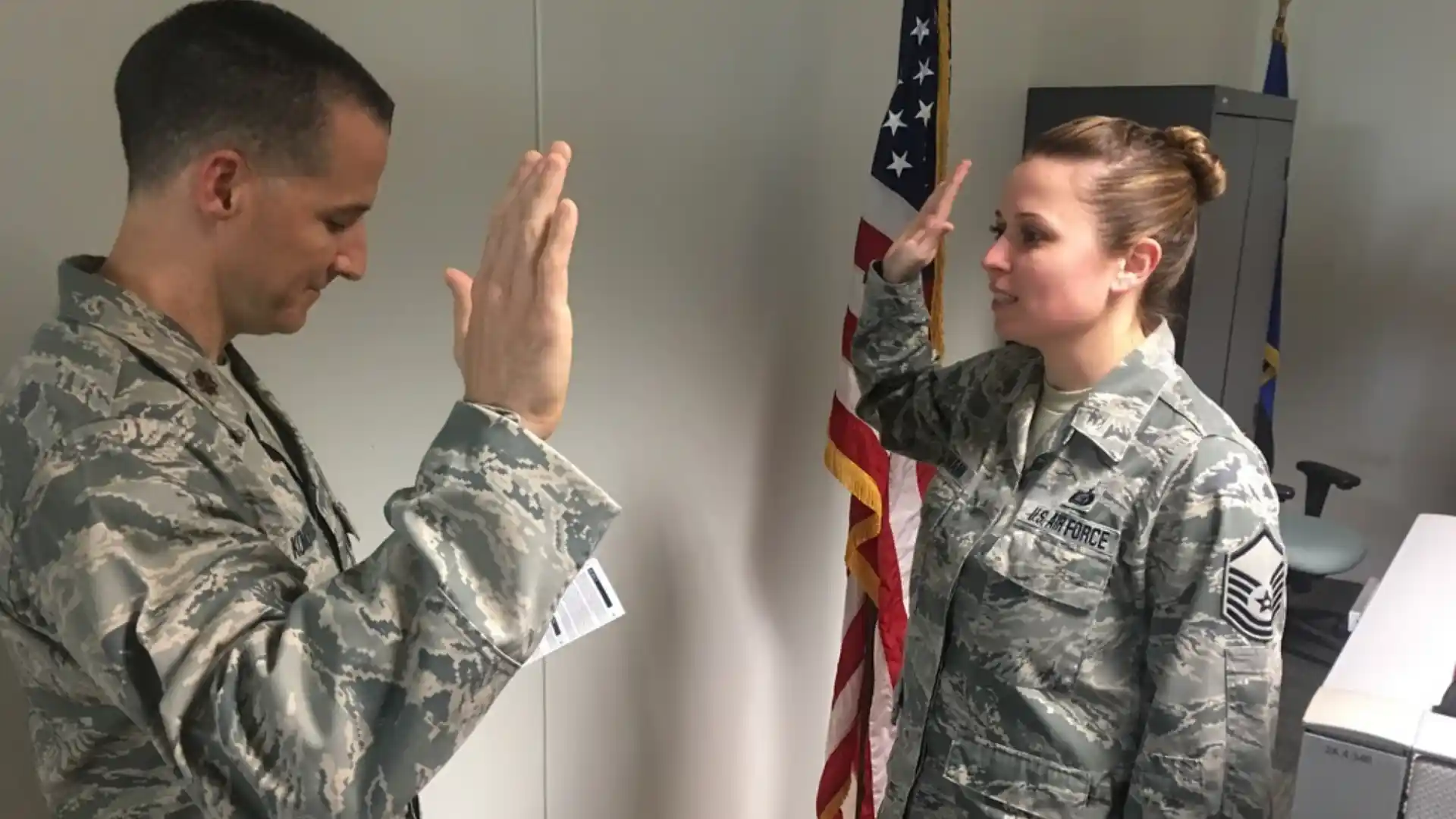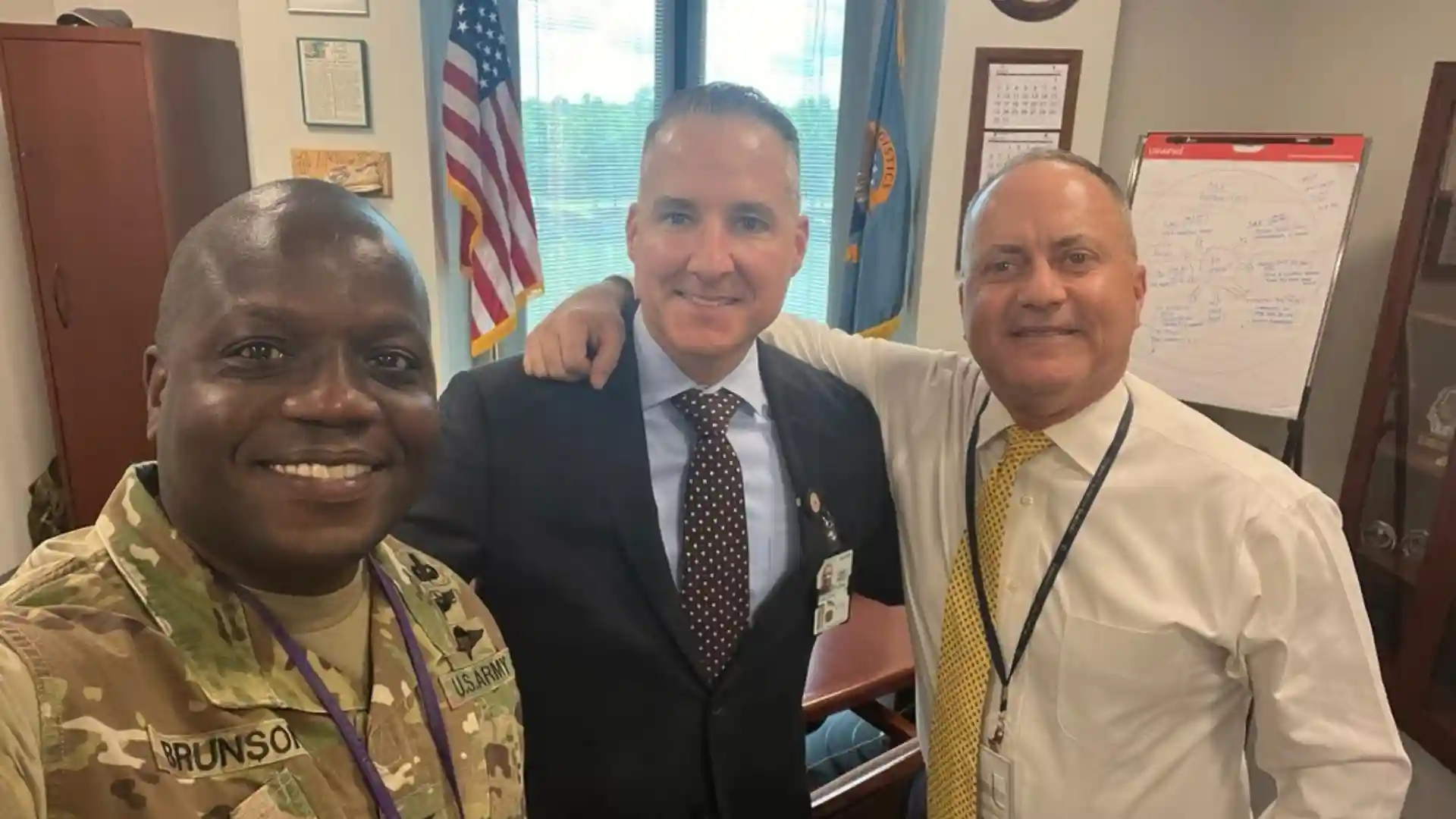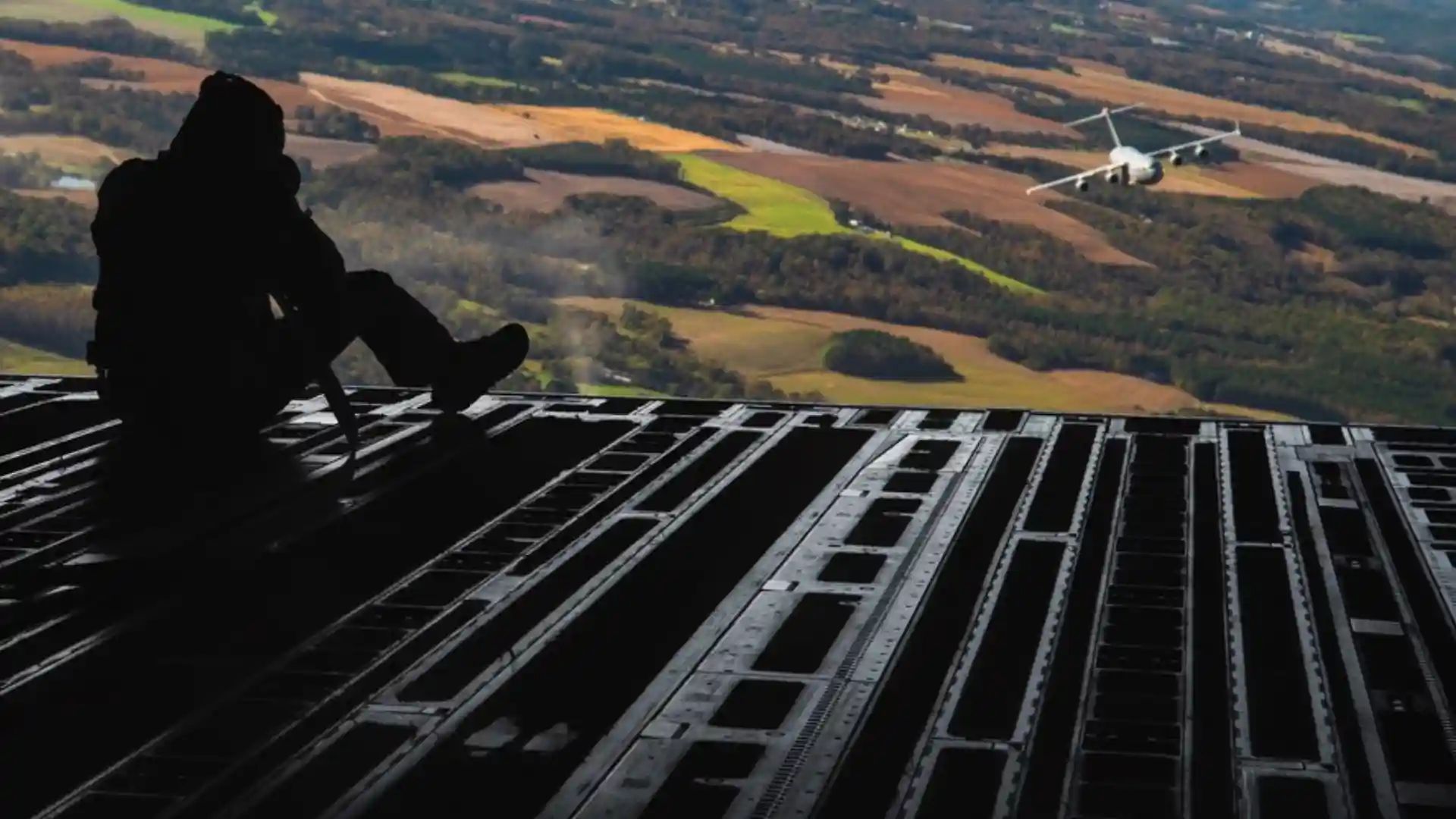War is a brutal test of human strength, courage, and heart. And trust me, it’s not just the folks on the front lines feeling the heat. Leaders—whether they’re high-ranking generals or boots-on-the-ground officers—face some of the toughest moments of their lives. I’ve spoken with many of them on my podcast, Voice for Valor, and what they’ve shared gave me chills. In the chaos of combat, true leadership shows itself. Not from a safe distance, but in the trenches, making hard calls, staying calm, and lifting others up when everything’s falling apart.
Table of Contents
ToggleWhat is Fearless Leadership in War?
Fearless leadership isn’t about having no fear. It’s about facing it head-on. It’s standing shoulder-to-shoulder with your team, showing them you’re in it with them. One veteran once told me during an interview, “If my men are cold and tired, then I’m cold and tired.” That stuck with me. Leading in war means acting fast under pressure, using your fear as fuel, and doing what’s right—even when the outcome’s uncertain. It’s also about owning your decisions. In battle, there’s no passing the blame. I remember a moment in training when I made the wrong call in a simulated drill. I had to stand up in front of everyone, own it, and learn fast. That kind of ownership builds trust. And in war, trust can save lives.
Stories That Defined Battlefield Bravery
When we talk about leadership in war, it’s easy to focus on strategy. But the heart of it is human. Courage, honesty, rising when it’s hardest to stand—that’s what makes a leader unforgettable. I’ve heard so many stories of battlefield bravery from guests on the podcast, and they’re not just about victory—they’re about heart.
Real Leaders Who Rose Amidst Chaos
War brings out the real in people. General Dwight D. Eisenhower comes to mind. His leadership on D-Day wasn’t just about planning. It was about confidence, calm, and showing his people he believed in them. He carried a letter accepting full responsibility in case the mission failed—that’s leadership. Then there’s General Patton—bold, fiery, always pushing forward. During the Battle of the Bulge, his speed and courage turned the tide. But what really made him stand out? He didn’t just command; he connected. He inspired. That’s something I’ve heard from more than one soldier who served under tough leaders—they remember how those leaders made them feel, not just what they did.
How Courage Shaped the Course of War
In war, fear is everywhere. But the leaders who push through it—who let fear sharpen their focus—change the game. Take General Vasily Chuikov in Stalingrad. That battle was brutal, but Chuikov stayed right there on the front lines. He moved among his soldiers, made split-second calls, and never let up. That kind of presence—being there with your people—is powerful. It’s something I try to bring to every interview I do. When I sit across from a veteran sharing a painful story, I stay with them in that moment. That’s what fearless leadership does—it stays. Even when it’s hard.
The Traits of Fearless Commanders
It’s not just guts. Great commanders have a mindset that can handle the heat. Stress, pressure, chaos—they turn it into clarity. That’s what sets them apart.
Decision-Making Under Fire
Making calls with lives on the line is heavy. You don’t always get all the info—you just have to trust your gut and your training. Admiral Nimitz did just that at Midway. His bold call to ambush the Japanese changed everything. I’ve felt a hint of that pressure during live podcast recordings when a guest opened up about trauma unexpectedly. My choice in that moment could either build trust or break it. And just like in war, trust is everything.
Earning Respect Through Action
Words are cheap. Real leaders show up, over and over. General Audie Murphy is a legend for good reason. He didn’t just fight—he stood for his men. He faced down an entire German unit to protect them. That kind of bravery is rare. But it’s not just about medals. It’s about earning respect through action. Whether it’s staying late to help your team, or stepping into hard conversations—people notice what you do, not just what you say.
Lessons from the Front Lines of History
History gives us more than names and dates—it gives us lessons. And if we’re willing to listen, they can shape how we lead in our own lives.
- Courage is Key: You don’t have to be fearless. Just willing. That’s where leadership starts.
- Adaptability: The world changes fast. Great leaders bend, shift, and stay strong.
- Trust Your Team: You can’t do it alone. Trust builds the backbone of every strong team.
- Resilience in Adversity: Fall down? Get up. Again and again. That’s how leaders are built.
- Inspire Through Action: Say less. Do more. Show people the way forward.
- Sacrifice for the Greater Good: Sometimes, you give more than you planned. That’s leadership.
- Lead by Example: Be there. Feel the struggle. Share the load.
- Decisive Leadership: Don’t freeze. Decide. Act. Move. Even when it’s hard.
Conclusion
Fearless leadership in war isn’t just about tactics. It’s about showing up when it counts most. Leaders like Eisenhower, Patton, Chuikov, and Murphy didn’t just win battles—they inspired people. They led with heart. I’ve been lucky to speak with veterans who carry that same fire. Their stories taught me that true leadership is about courage, bold choices, and showing others the way—even when the path is hard. That’s not just for war zones. It’s for life. And it’s something we can all carry with us.

